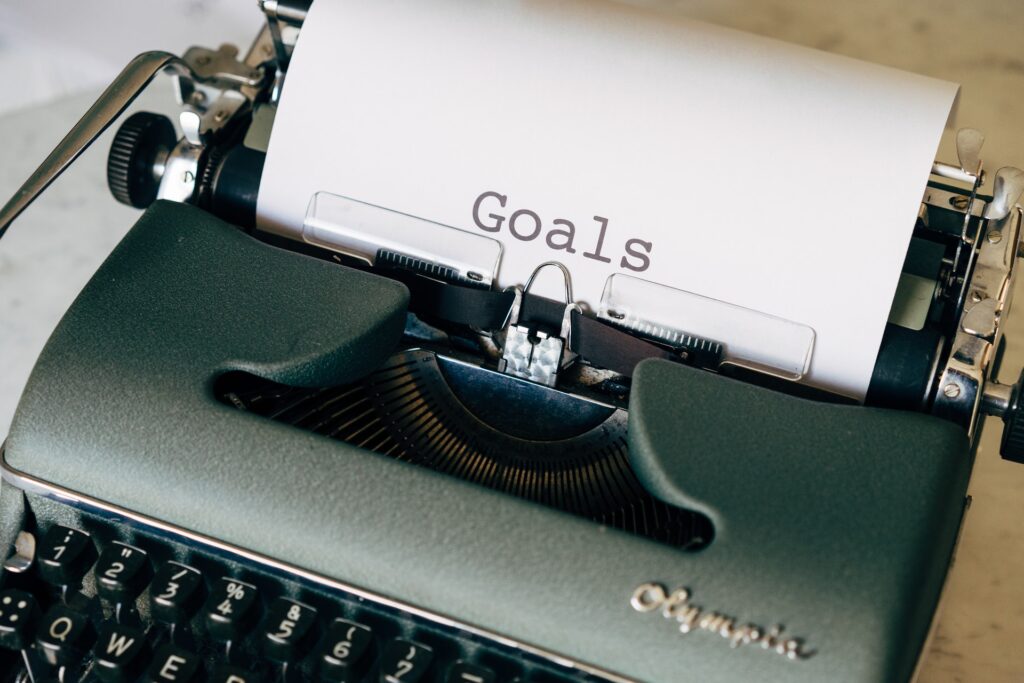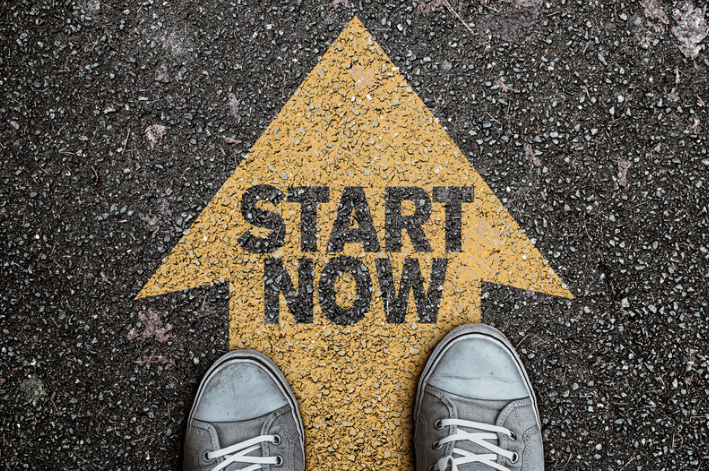7 Steps To Effective Goal Setting

You don’t have to be a fantastic hero to do certain things – to compete. You can be just an ordinary chap, sufficiently motivated to reach challenging goals.
Setting goals is one of the most commonly used training tools. Goals can organise the competitors’ focus and endeavours towards achieving a specific task. They also increase persistence and motivation for long-term training. Having a goal can help a performer find new learning strategies. Unfortunately, people’s goals are all too often made incorrectly. If you are interested in setting some goals or even reevaluating your current goals, follow these seven steps for proper goal setting.
1. Define Your Goal
Ask yourself these questions:
- What exactly do you want to accomplish?
- What achievement would be worth your very best effort?
- What would you attempt if you knew it was impossible to fail?
- What would you go for if you knew this was your very last chance?
Make sure your vision is clear and powerful, one that you would follow despite whatever setbacks and failures that might arise along the way. The goal has to be very specific (i.e. “My goal is to place in the top 32 of the Division I NAC”) rather than vague or general (i.e. “I want to fence well.”) so you can tell whether or not you have actually reached it.
2. Where Are You Right Now?
Carefully examine where you are right now in terms of your goal. Have you been just “getting by” or do you train to reach the next level? Are you willing to do things you may not want to do in order to reach your goal? Identify when you do your best and what creates that kind of situation.
3. Be Honest About What You Need to Do
In order to get where you want to go, you have to know how to get there. What are your strengths and weaknesses? What sort of situations do you thrive or deteriorate? Identify at least one aspect in each of the following skill type categories that need improvement: physical (i.e. gains in speed), tactical (i.e. develop about winning move), technical (i.e. more accurate point control) and mental (i.e. higher confidence).
4. Formulate a Daily Improvement Plan
This is the most important step of the goal-setting process. Ask yourself, “What can I do on a daily basis to work towards reaching my goal?” For each area that you identified in step 3, write out at least three or four specific actions that you can take. Write them as “I” statements and in the present tense. For example, if you need to improve your speed, you can list, “I do my plyometric exercises for fifteen minutes, three times a week.” You are more likely to follow that than, “I will get faster legs.”
5. Make and Work on Short-Term Goals
The goal that you set in step 1 may take a long time to reach, perhaps months or even years. Set short-term goals to keep you motivated throughout this time. Achieving these goals will give you feedback on your progress towards your ultimate goal. They should be process-orientated and reflect that achieving your goal is an ongoing process.
6. You Must Commit!
It is easy to say you’re going to do something- actually doing it is another story. This is analogous to people who make New Year’s resolutions to lose weight; seldom people actually go through with it. Second-guessing yourself, missing opportunities and being hesitant will only delay your eventual success. Keep reminding yourself to enjoy the journey along the way!
7. Monitor Your Process
Every day, ask yourself, “Am I getting closer to my goal?” Is your goal plan actually working, or does it need adjustment? If your answer is “I’m not sure”, then you are not really making progress. Write down what your small success and lessons learned along the way, or make a checklist that charts your progress. In times when it seems like your goal is too far out of reach, you can look at your progress list and visually see how far you have come and how much closer you are to your goal.






